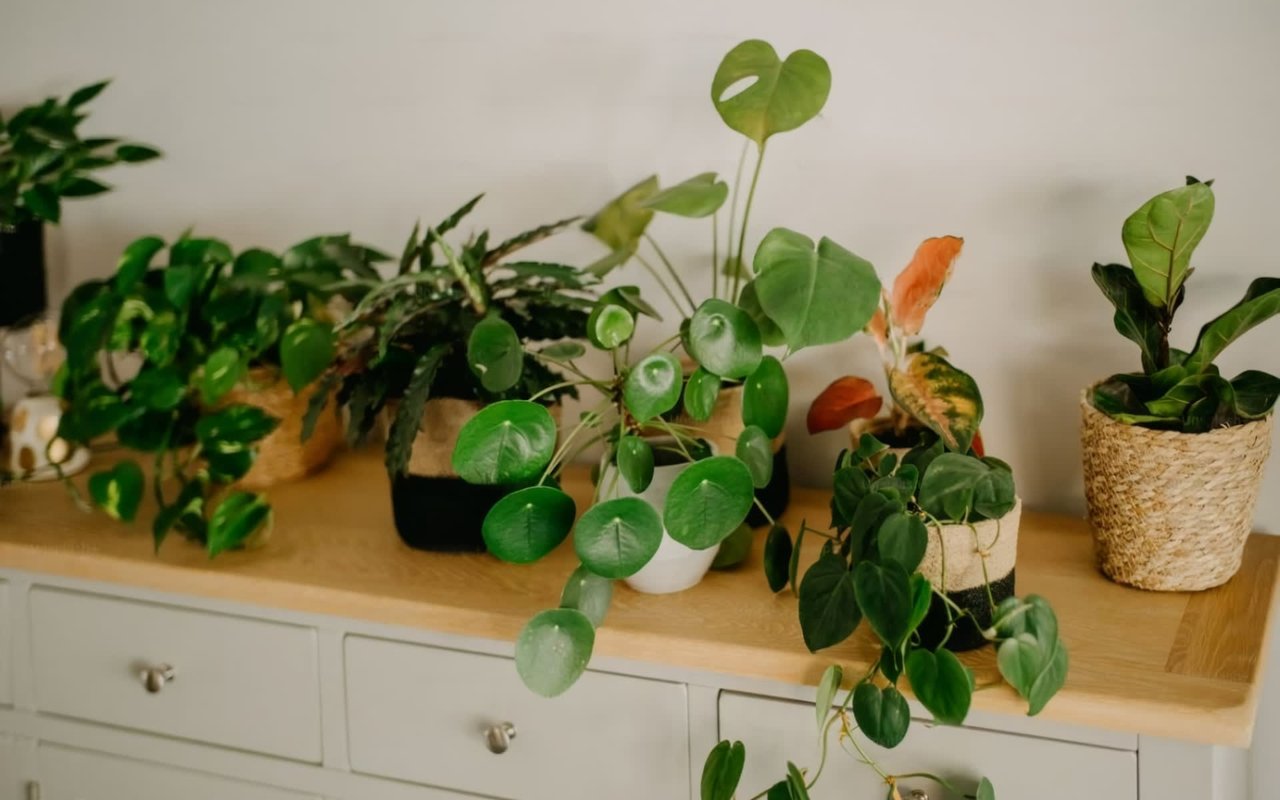Improving the air quality in your home is essential for maintaining good health and overall well-being. Poor indoor air quality can lead to various health issues, including respiratory problems, allergies, and even cardiovascular diseases. Fortunately, there are several effective strategies to enhance the air quality in your living space. By following these practical tips from Jamie Mckie, you can learn how to improve the air quality of your home and create a healthier indoor environment for you and your family.
Understand Common Indoor Pollutants
The first step in improving indoor air quality is understanding the common pollutants that can affect your home. These include:
- Dust and Dust Mites: Tiny particles that can trigger allergies and asthma.
- Mold and Mildew: Fungi that thrive in damp environments and can cause respiratory issues.
- Pet Dander: Microscopic skin flakes from animals that can cause allergic reactions.
- Volatile Organic Compounds (VOCs): Chemicals found in household products like paints, cleaners, and furniture that can emit harmful gases.
- Tobacco Smoke: A major indoor pollutant that can cause severe health problems.
- Pollen: Outdoor allergens that can enter your home through windows and doors.
By identifying these pollutants, you can take targeted actions to reduce their presence and improve the air quality in your home.
Improve Ventilation
Proper ventilation is crucial for maintaining good indoor air quality. It helps to remove stale air and bring in fresh outdoor air. Here are some effective ways to improve ventilation:
Open Windows and Doors
One of the simplest ways to ventilate your home is by opening windows and doors. This allows fresh air to circulate and helps to remove indoor pollutants. Aim to do this regularly, especially when cooking or using cleaning products that can release VOCs.
Use Exhaust Fans
Exhaust fans in kitchens and bathrooms are essential for removing moisture, odors, and pollutants. Ensure that these fans are vented to the outside and are used consistently when cooking or showering.
Install a Ventilation System
For a more comprehensive solution, consider installing a whole-house ventilation system. These systems can efficiently manage the airflow in your home, ensuring a constant supply of fresh air while exhausting indoor pollutants.
Control Humidity Levels
aintaining optimal humidity levels is vital for preventing mold growth and reducing dust mites. The ideal indoor humidity level is between 30% and 50%. Here are some tips to control humidity:
Use Dehumidifiers
Dehumidifiers can help reduce excess moisture in the air, particularly in damp areas like basements. They are effective in preventing mold and mildew growth.
Fix Leaks and Water Damage
Promptly repair any leaks in your home to prevent water damage and mold growth. Check for leaks in roofs, pipes, and windows, and address any issues immediately.
Ventilate Moist Areas
Ensure that areas prone to moisture, such as bathrooms and kitchens, are well-ventilated. Use exhaust fans and open windows to reduce humidity levels.
Keep Your Home Clean
Regular cleaning is essential for reducing indoor pollutants like dust, pet dander, and allergens. Here are some cleaning tips to improve air quality:
Vacuum Regularly
Use a vacuum cleaner with a HEPA filter to effectively capture dust and allergens. Vacuum carpets, rugs, and upholstery at least once a week.
Dust with Microfiber Cloths
Microfiber cloths are excellent for trapping dust and preventing it from becoming airborne. Dust surfaces regularly, including shelves, furniture, and electronics.
Wash Bedding and Curtains
Bedding, curtains, and other fabrics can harbor dust mites and allergens. Wash these items regularly in hot water to eliminate contaminants.
Use Air Purifiers
Air purifiers can be highly effective in removing pollutants from the air. Look for purifiers with HEPA filters, which are capable of capturing 99.97% of particles as small as 0.3 microns. Place air purifiers in commonly used areas, such as bedrooms and living rooms, to improve air quality.
Minimize the Use of Chemical Pollutants
Many household products release VOCs and other harmful chemicals into the air. Here are some ways to minimize chemical pollutants:
Choose Low-VOC Products
When purchasing paints, cleaning products, and furniture, opt for items labeled as low-VOC or VOC-free. These products emit fewer harmful chemicals.
Use Natural Cleaning Solutions
Consider using natural cleaning solutions, such as vinegar and baking soda, instead of chemical-based cleaners. These alternatives are effective and safer for your indoor air quality.
Avoid Aerosol Sprays
Aerosol sprays can release fine particles and VOCs into the air. Opt for pump sprays or solid forms of products whenever possible.
Control Indoor Plants
While indoor plants can improve air quality by absorbing pollutants, they can also contribute to humidity levels and mold growth if not properly maintained. Here are some tips for managing indoor plants:
Choose the Right Plants
Select plants known for their air-purifying qualities, such as spider plants, peace lilies, and snake plants. These plants can help filter toxins from the air.
Avoid Overwatering
Overwatering plants can increase humidity levels and promote mold growth. Water plants only as needed and ensure proper drainage.
Regularly Clean Plant Leaves
Dust can accumulate on plant leaves, reducing their ability to purify the air. Wipe leaves with a damp cloth regularly to keep them clean and effective.
Test for Radon and Carbon Monoxide
Radon and carbon monoxide are dangerous gases that can affect indoor air quality and pose serious health risks. It's essential to test for these gases and take appropriate measures:
Radon Testing
Radon is a naturally occurring gas that can seep into homes through cracks in the foundation. It is a leading cause of lung cancer. Use a radon test kit to check radon levels in your home. If high levels are detected, consult a professional for mitigation.
Carbon Monoxide Detectors
Carbon monoxide is a colorless, odorless gas that can be lethal. Install carbon monoxide detectors in your home, particularly near sleeping areas and fuel-burning appliances. Regularly check and maintain these detectors to ensure they are functioning correctly.
Invest in a Healthier Home with Jamie McKie
Improving the air quality in your home is a multi-faceted approach that involves understanding common pollutants, enhancing ventilation, controlling humidity, maintaining cleanliness, using air purifiers, minimizing chemical pollutants, managing indoor plants, and testing for harmful gases. By implementing these strategies, you can create a healthier and more comfortable living environment for you and your family. Prioritizing indoor air quality is an investment in your health and well-being, leading to a better quality of life.
Ready to find a home that prioritizes your health and well-being? Jamie Mckie can help you find properties designed with superior indoor air quality in mind. Contact Jamie today to start your journey toward a home where you can breathe easier and live better. Your perfect, healthy home is just a call away.
Ready to find a home that prioritizes your health and well-being? Jamie Mckie can help you find properties designed with superior indoor air quality in mind. Contact Jamie today to start your journey toward a home where you can breathe easier and live better. Your perfect, healthy home is just a call away.




